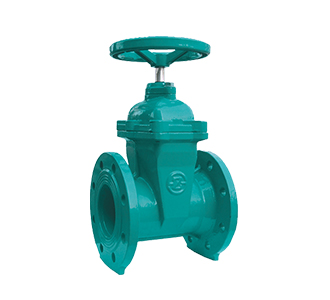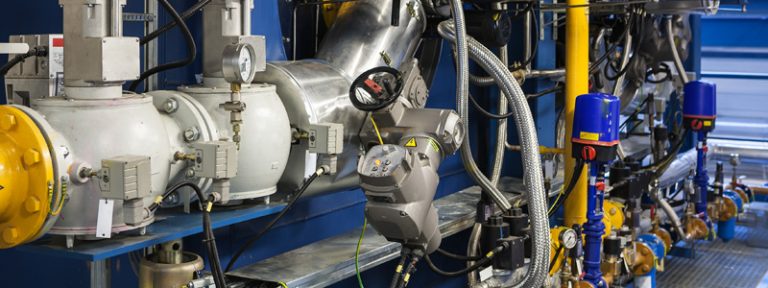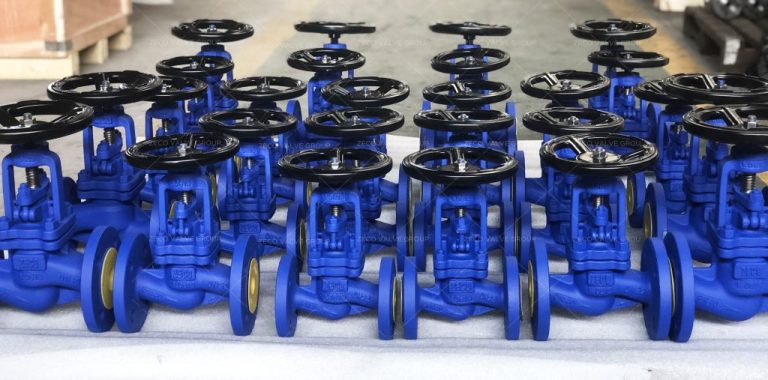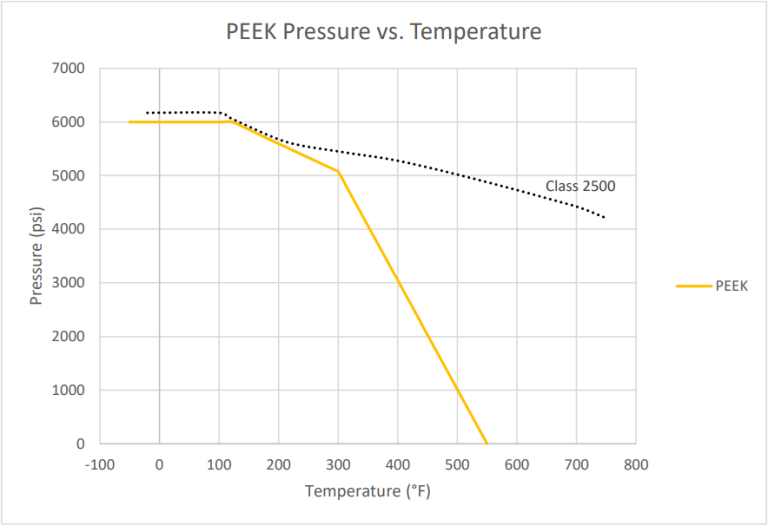Killed Carbon Steel Gate Valves
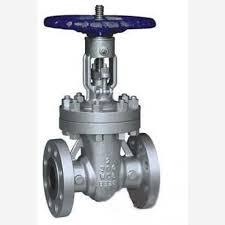
Killed Carbon Steel Gate Valves are specified for major equipment in the services to minimise the possibility or extent of hydrogen blistering and hydrogen embrittlement.
Key Specifications / Features
Killed Carbon Steel Gate Valves are mostly used in vessels, heat exchangers, oil and gas pipelines, and underground pipelines.
Killed Carbon Steel are defined as those which are thoroughly deoxidized during melting process. Deoxidation is accomplished by use of silicon, manganeese and aluminium additions to combine with dissolved gases, usually oxygen, during steel making. This results in cleaner, better qualtity steel which has fewer gas pockets and inclusions. Killed carbon steel is specified for major equipment in the following services to minimise the possibility or extent of hydrogen blistering and hydrogen embrittlement:
- where hydrogen is a major component in the process stream.
- where hydrogen sulphi..
The Applications of Killed Carbon Steel Gate Valves
Killed carbon steel gate valves are widely used in a variety of industrial applications, including oil and gas, power generation, and general industrial processing. Their robust construction and reliable performance make them suitable for controlling the flow of fluids and gases under moderate pressure and temperature conditions. Killed carbon steel valves offer a cost-effective solution for many mainstream industrial valve requirements.
How to Select the Right Killed Carbon Steel Gate Valves
When selecting killed carbon steel gate valves, consider the operating pressure, temperature, and the corrosive nature of the process media. Valve size, end connection type, and body material grade should be matched to the application requirements. Consulting with a valve specialist can help ensure the chosen killed carbon steel gate valve meets the necessary performance, safety, and cost-effectiveness criteria for the intended use.
